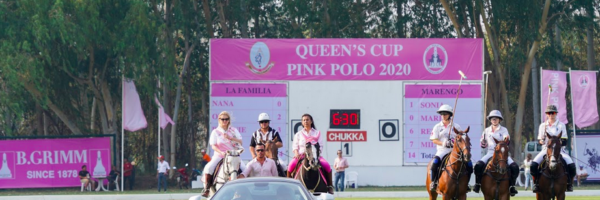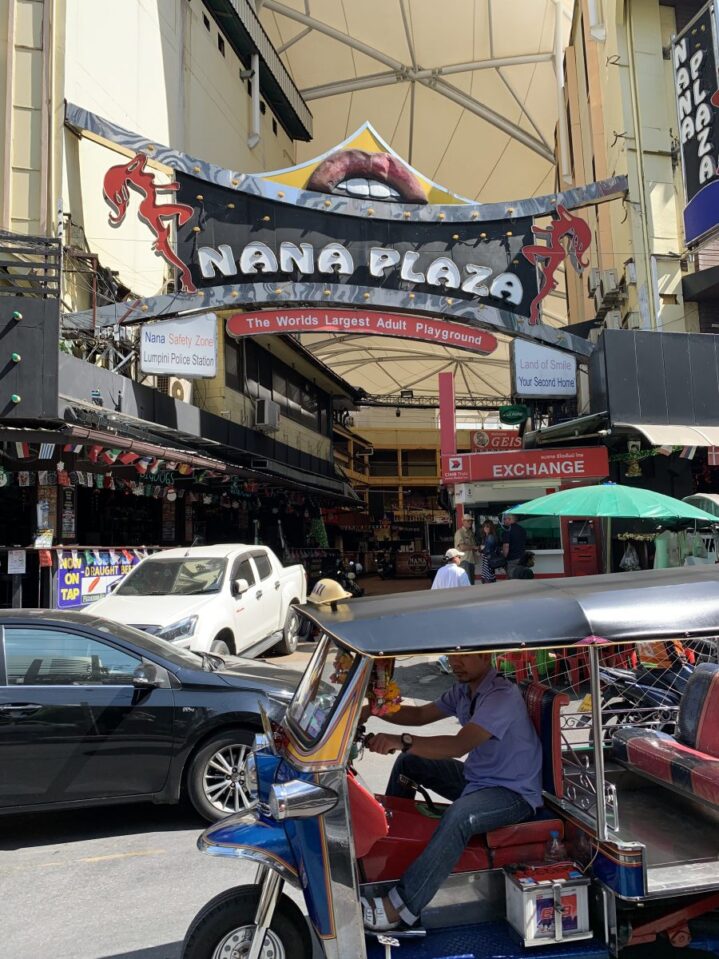
Soi Nana
Have you ever been to Sukhumvit Soi Nana?
The even-number side that leads to the dead-end of the Tobacco Monopoly. If you do not have a particular errand, it is not a street you would be likely to stroll along. However, that doesn’t mean it is a quiet Soi (street). Rather this is a famous Soi (or notorious, should I say?) where one of the major red-light districts in Bangkok exists near the Pak Soi (entrance of the street).
There is not much going on during the daytime at Soi Nana. Street vendors are selling fruit and vegetables and people are eating noodles and one-plate dish at food stalls. A little busy but not that much different from other streets of Sukhumvit. Things gradually start moving in the early evening for Soi Nana to become Soi Nana. Ladies in tight T-shirts and Thai woven salon skirts, presumably the uniform for massage parlours, are having Khao niyao (sticky rice) and Somtum (green papaya salad), the soul food of Esan (Northeast region of Thailand), on the side street, getting ready for work. Vendors are now selling revealing dresses (I guess they are for the ladies working on this street?), a single stem of roses (for customers to give a worker? Or someone waiting at home?) and big teddy bears (not sure who are the target customers for this one).
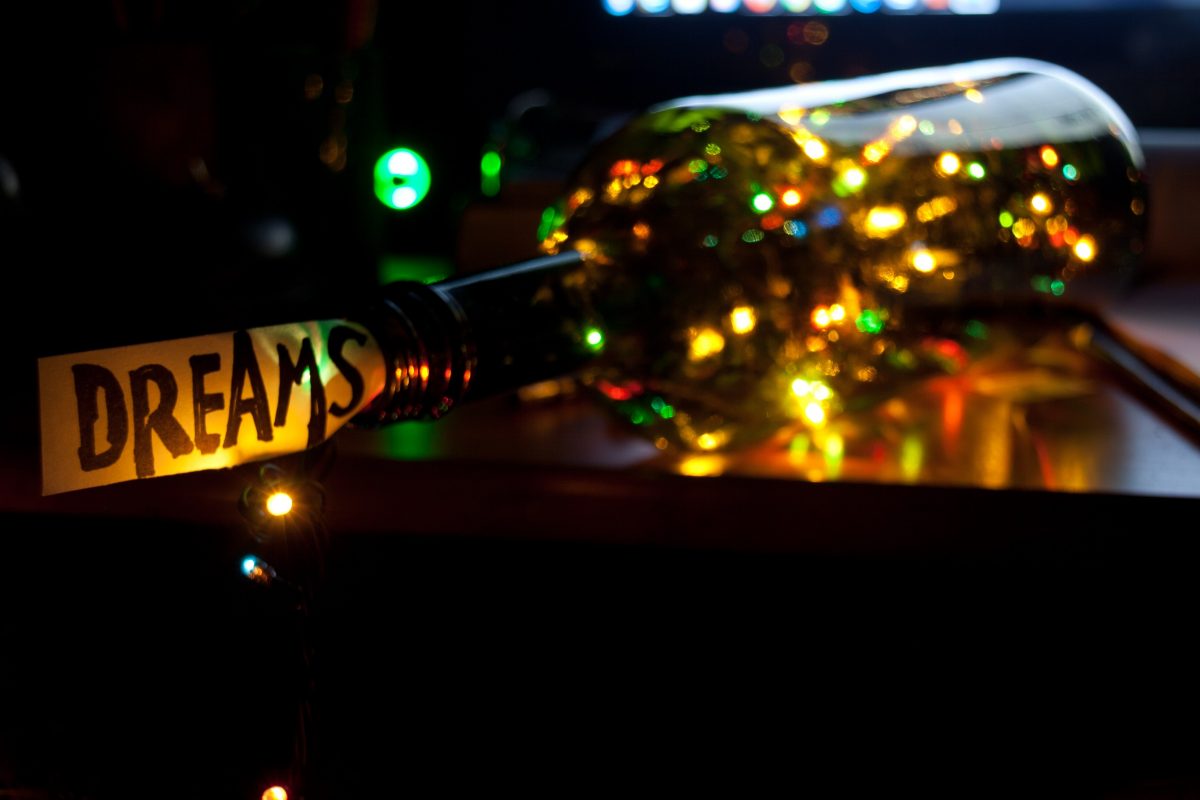
Most customers are men. Sometimes you see a couple but it is very rare to see a lady customer. On the other hand, workers are mostly ladies or lady-look-like persons who are the entertainers. Men workers seem to take supporting roles such as cooking and carrying drinks.
Soi Nana doesn’t sleep at night. It’s busiest time is around midnight, from 11 pm to 2 am. Traffic is heavy with people coming and going at Soi Nana. There is always traffic in Bangkok, but at this particular time zone, there shouldn’t be any traffic. But you have to wait and miss the signal at least five times in order to turn into the Soi. Because people get out of taxis near the Pak Soi and an empty taxi moves trawls the sidewalk trying to find new customers. Also, drunken men or women cross the street randomly and you have got to be careful of not running them over. The music is on in full volume and you can feel the sound vibrate in the air. Animated laughter and screams are heard here and there. Neon is brighter than daylight. Ladies or ladyboys are standing a few feet apart on a shady part of the street, giving a meaningful look at potential customers. Street vendors are busy selling late night snacks for both customers and workers, including deep-fried insects with a sign in English “Do not take a photograph.” I haven’t really walked around Sukhumvit past midnight, but certainly this must be one of the busiest Soi at this time.
I don’t know what time Soi Nana goes to sleep, but it seems the Soi still hasn’t woken up at nine o’clock in the morning. It is the street’s cleanest time, after early-morning sanitation vehicle collecting last night’s mess. Nylon-woven coasters are hung to dry on the side-street until they get wet again tonight. It is still morning, but there are some farang (foreigner) guys sitting on a bar stool at the counter facing to the street, with half-drunk beer bottles on their side getting lukewarm. There is not much to see on the street, but they seem to be fine with it. I have no idea if they are tourists or expats working in Thailand, and if latter, how they make livings. A couple of ladies leaning on their elbows idly, no intention of entertaining customers at this time, looking at their small screens of their smartphones. There is not much sound at this time, only the occasional engine sound of motorcycle going up and down the street. Boredom and decadence in drowsy morning sunshine. That’s what it is.
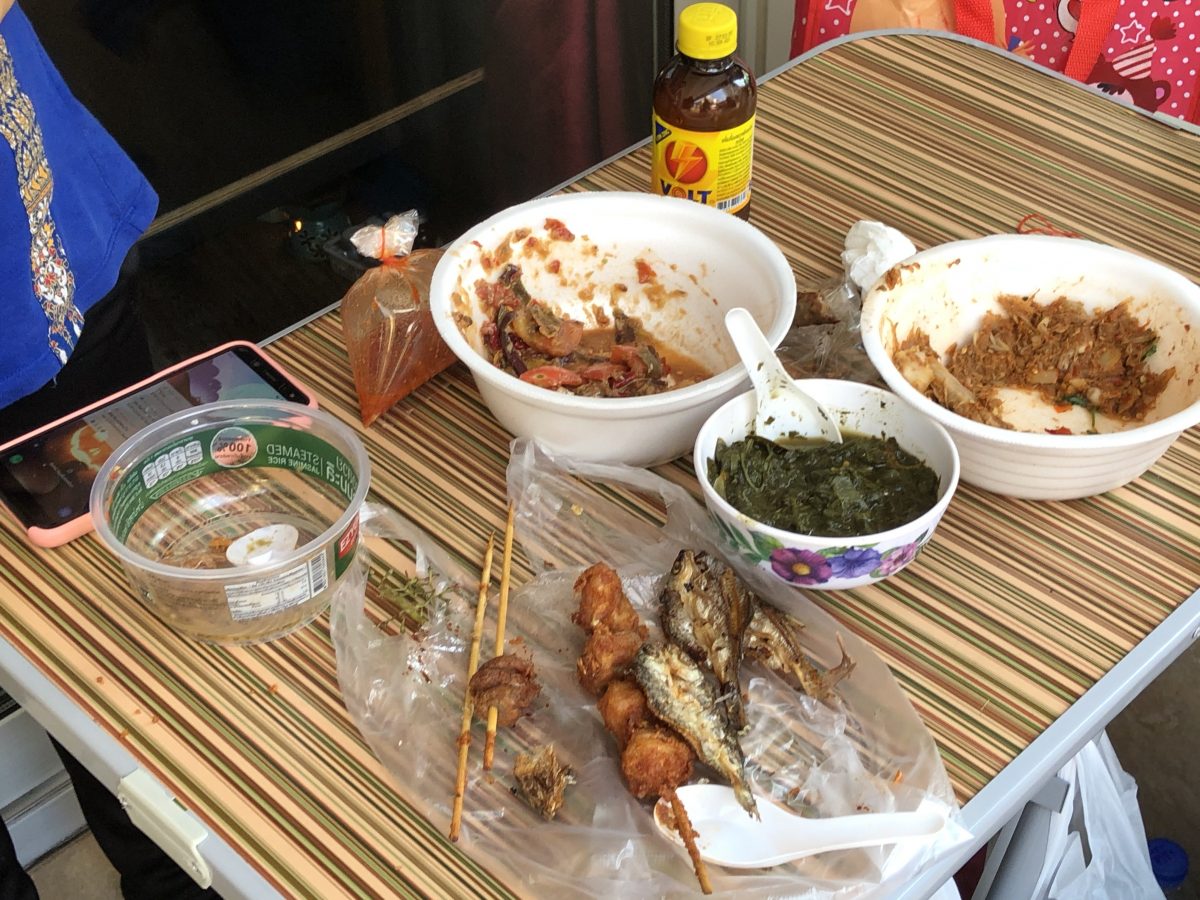
This is the street we had lived in for fifteen years. We raised our children for most of their lives on this street.
We didn’t live in the middle of the red-light district. Our apartment was nearly at the end of the Soi, which was a quiet residential area, at least when we lived there. There was a small nursery across from our apartment where our two children attended for a few years. It took less than five minutes for even toddlers to walk to the nursery from our apartment. The nursery started at 8:30am, which was late compared to many schools’ 7:30am start. We were not early risers and it was such a relief that we didn’t have to rush in the morning. My husband’s office was at the Southside of Asok and when you drove through the Tobacco Monopoly, you could get there within 10 minutes, rush hour or not. You didn’t have to worry about the traffic jam in commuting, which was bliss and luxury in Bangkok. So the apartment was an ideal location for us. Well, at least in terms of commuting.
When we went out for shopping, restaurants, movies, playdates, hospitals, basically for everything other than commuting to school/work, we passed through the red-light district of Pak Soi and every time I told myself that “this is not a street I should raise my kids, this is not a street they should grow up.”
One late afternoon, I was taking home a string of children, including my own. They were first or second graders. A young American in T-shirt and short pants, already tipsy, shouted, “why there are children here?” Yes, I totally agreed that they looked out of place. But we lived there, simply going home at the back of the street. I shouted back at him in silence, “Why are you here where children shouldn’t be?”
When my daughter was around six years old, we were driving home after dinner. Watching ladies at work on the street, she exclaimed happily, “Mom, they were going to a party! I wish I had those sexy dresses.” (Yes, “sexy” was already in her vocabulary.) I lost it. I don’t want to write here how I reacted at her innocent but appalling comment. She was a very observant kid and before she turned to be ten, she was proud she could tell if a lady was a transgender or not. She explained to me in detail which body part to look at. What a great skill she had developed at such an early stage.
My son grew fast and he got taller than I when he was twelve. One day he was walking a few steps ahead of me and the ladies sitting on the bar stools called him in. “You wanna drink?” “You wanna come in?” To my relief, he didn’t respond or go in. Later he told me that happened all the time. I guess that’s why he kept on walking. He’s used to it. He’s got a head-start in that aspect of education.
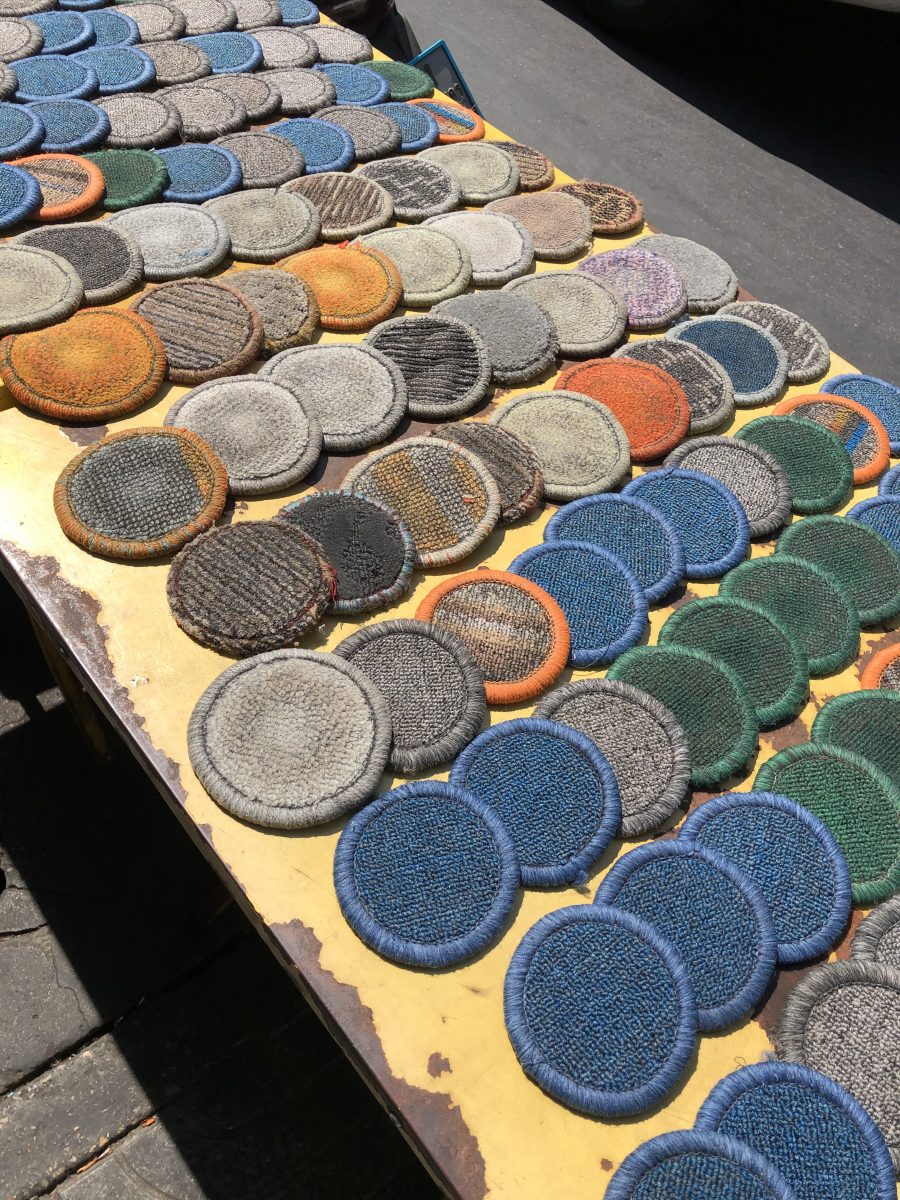
We moved out Soi Nana a year ago. Not necessarily because of all the reasons I described above, but for a different reason. Where we live now is totally opposite to Soi Nana in characters. The residents call themselves “living in the bubble”. It is a gated community, clean with pavement and roadside trees. It is quiet and you hear the birds singing as a part of your life. I think the density of population of joggers and dog-walkers is the highest in Thailand. A pair of trainers is a norm of footwear here, while Soi Nana presents a fusion of diversity, with a major trend of flip-flops and high heels. I should be happy now that my kids are growing up at a clean, decent and healthy street. And I am happy to see my son is having an age-appropriate (?) fun in this community.
But you know what? I miss Soi Nana. I miss the drama it presents: People indulge in pleasure, real or empty, for a night. You know you will wake up sometime and once you wake up, you are bored, sliding into decadence again. You repeat this over and over, like it or not. It is not a story you learn in the textbook. It is the other side of the story you may or may not learn in real life.


